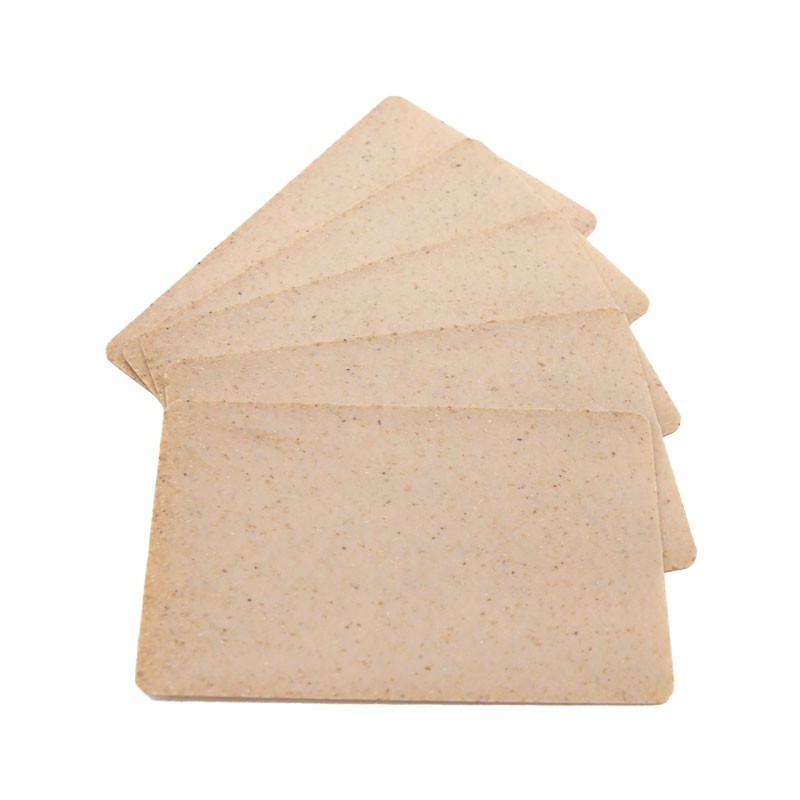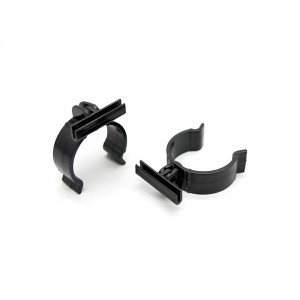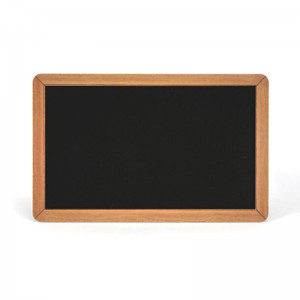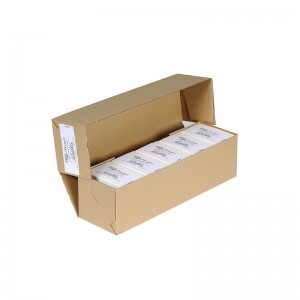Ecological, functional and aesthetic, PLA/WOOD cards are an excellent alternative to PVC cards for identification badges, privilege cards or presentation labels. They are suitable for companies looking for cards/badges in line with their environmental approach.
Pla/Wood, 2 ecological materials
PLA/WOOD cards are made from biosourced materials, partly recycled:
- 78.5% PLA of which 20% is recycled
- 20% wood
- 1.5% coloring
PLA (polylactic acid) is a non-toxic plastic made from renewable and natural raw materials. In its composition, we can find corn or other vegetable starches. In addition, 50% of the PLA used to manufacture these cards comes from the recycling of materials from European industrial sites in the agri-food sector.
The cards also contain wood fibers from the industrial transformation of PEFC-certified wood resources that come from sustainably managed forests (construction, furniture).
The environmental impact of a PLA/WOOD card is 42% LESS than a PVC card.
Functional and aesthetic
Like standard plastic cards, PLA/WOOD cards are easy to clean, reusable and durable over time.
With their natural wood look, our cards will highlight your ecological approach while giving a premium look to your badges or labels. Due to the use of natural fibers, it may have some visual variations from one card to another (distribution of color and wood fibers).
Compatibilities
PLA/Wood cards can be customized on both sides, in monochrome black with the BLACK RMS ribbon, and are used with Edikio Guest and PriceTag printing solutions (Access and Flex only) manufactured from serial number no. 10001152726.
These cards comply with the ISO CR80-7810 standard:
- Dimensions: 85.6 x 54 mm (standard credit card size)
- Thickness: 0.76 mm
They are available in blister packs of 500 cards.
Our recommendations
PLA/Wood cards are given for an approximate lifespan of 2 to 3 years. In order to best preserve their properties, we recommend that you:
- Store them away from dust and direct sunlight, humidity and high temperatures.
- Do not place them next to solvents or other chemicals.
Also, for optimal rendering, we recommend that you:
- Do not print on the edges of the card
- Avoid text and graphics that are too thin
Quality Control
Secure payment
24 / 48h delivery
Stock based in France













